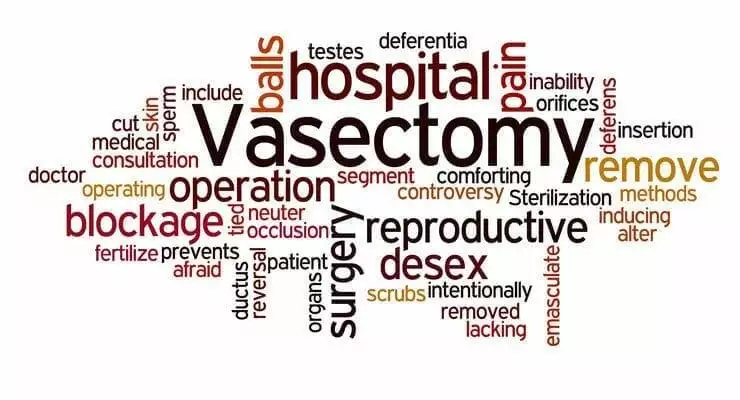During a vasectomy the vas deferens, which carry the sperm to the semen, are cut. Since the sperm can’t reach the semen, pregnancy is prevented. Vasectomy reversal procedures are usually done in order to restore fertility and have a child. As circumstances change in a man’s life, his desire to have children may also change, which may lead him to consider a vasectomy reversal.
Options
There are two main types of vasectomy reversal procedures. The type of surgery done is often decided once a surgeon views the fluid from the vas deferens. When the fluid has sperm in it and is clear, the two ends of the vas deferens that were cut in a vasectomy are reconnected. This is called a vasovasostomy. When sperm is not present in the fluid, it may be due to the formation of scar tissue. In this case, a procedure known as a vasoepididymostomy may be done. This involves connecting the vas deferens to the epididymis on the testicle. Both procedures require an incision in the scrotum to get to the vas deferens.
Considerations
Vasectomy reversal procedures are considered microsurgery and are more complicated and delicate than vasectomies. Reversals may be done under general anesthesia, which put a person to sleep, or with an epidural to block pain. Most procedures take 4 hours or less and are done on an outpatient basis. Costs vary, and not all health insurance plans cover a vasectomy reversal.
Success Rates
Although most men who have had a vasectomy are eligible for a reversal, various factors affect whether the reversal works. The amount of time lapsed between the vasectomy and the reversal procedure affects the outcome. The less time, the better the outcome. The type of procedure may have some effect on success rates. Although fertility may be restored within a month, it may take up to a year for sperm to be found in the semen after a reversal.
Recovery
After the anesthesia or epidural wears off, most men will feel some discomfort in their scrotum. The pain may last up to a week. An over-the-counter pain medication may help. To reduce swelling, you’ll be instructed to wear a jockstrap. Ice may be applied to help reduce inflammation and pain. Sexual intercourse should be avoided for 4 weeks while healing occurs.
Complications
Although vasectomy reversal procedures are considered safe, complications can occur. There is a risk of infection at the incision site. In addition, there’s a small chance that the procedure may result in nerve damage. Excess bleeding in the scrotum may also occur. Occasionally, sperm will leak into the scrotum, causing inflammation and a condition called sperm granuloma.





